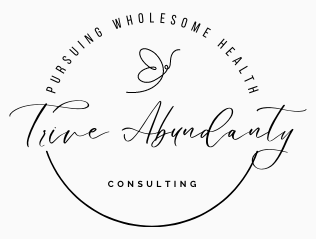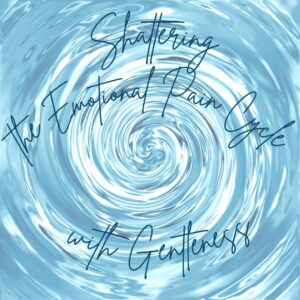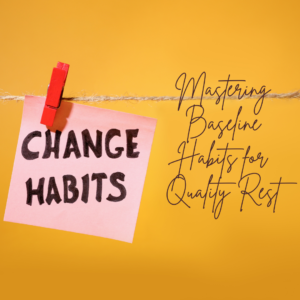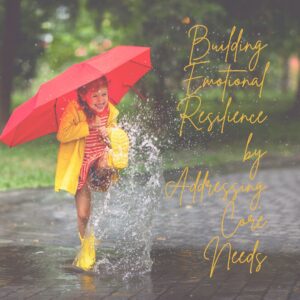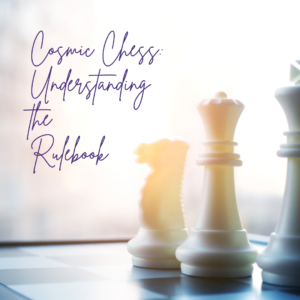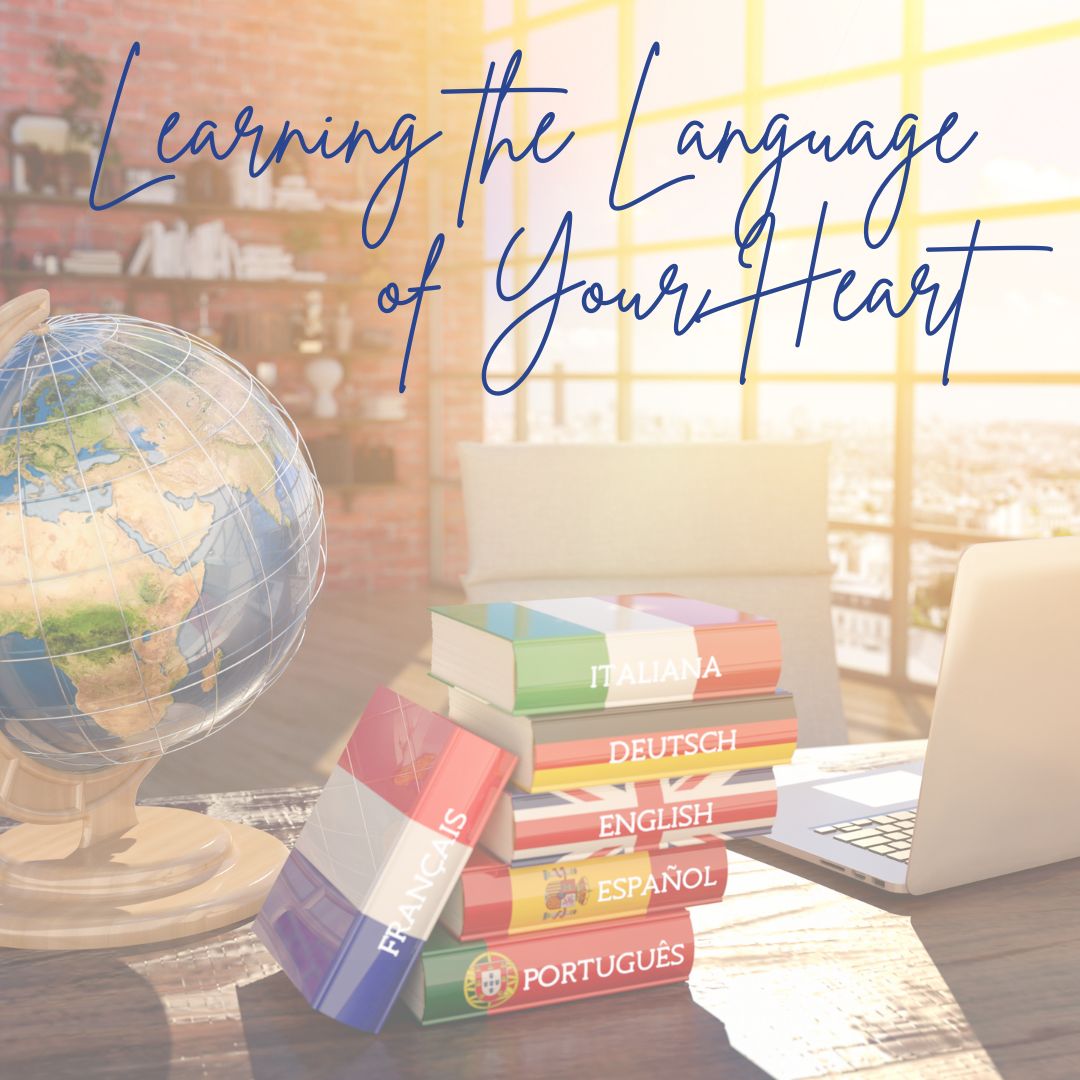Hi and welcome to the next step on our emotional processing journey! I hope you’ve been practicing the art of identifying and labeling your emotions, and that you’ve already started feeling the positive impact of this newfound awareness. Speaking of positivity, have you noticed how validating and speaking kindly to yourself during intense emotional moments has brought a sense of relief? It’s like you didn’t know how much you needed it, right? In our last blog, we talked about emotional triggers and how our minds tend to loop into negativity, missing out on the beauty and goodness that coexists. It’s almost like wearing negativity goggles, isn’t it? But I’m curious, how has your journey been in embracing appreciation and spotting the hidden gifts in your everyday? Have you felt a shift in your ability to ride those emotional waves?
As we dive into this post, I want to lead you to learning a new language – the exploration of the language of emotions. It’s a bit like learning a foreign language, one that your heart speaks. Just as you’ve honed your skills in understanding and validating emotions, now we’re going to tap into the analytical power of our left brain. Don’t worry, you don’t have to be a mathematician for this – it’s about creating a harmonious conversation between your emotional and analytical selves. So, let’s blend the colorful brushstrokes of the right brain with the structured strokes of the left brain, and discover how this fusion can truly elevate your emotional journey.
People who have spoken that emotional language for years used to say to me, “Just pay attention to what your emotions are trying to tell you.” It sounded so simple, but it felt more like deciphering a secret code they were whispering. Have you come across this advice too? They were assuming I had studied this hidden language. It wasn’t easy and felt a lot like tapping around in the dark when I first tried my hand at it. I realized it’s like venturing into a foreign land where the locals have their own unique way of expressing themselves.
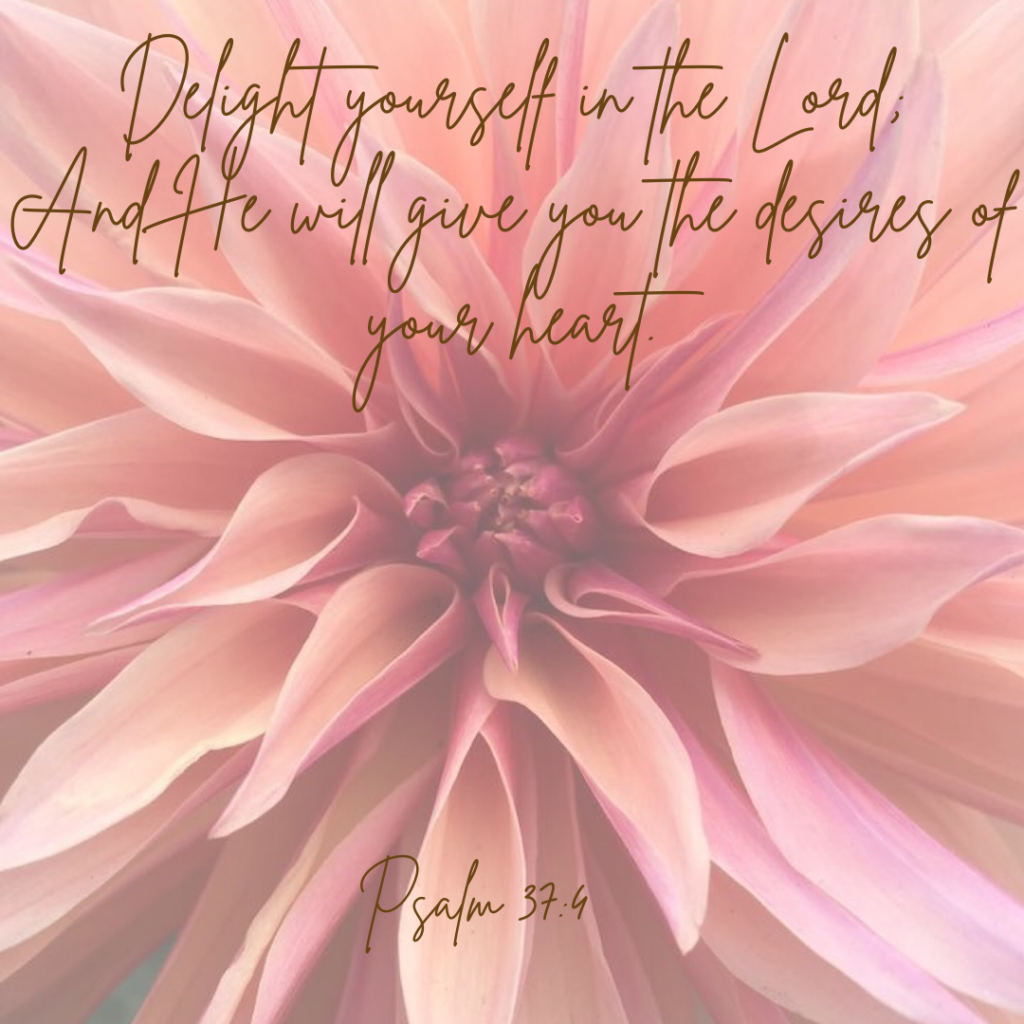
Have you ever tried learning a new language? You need more than just a casual ear to catch the nuances; you need to immerse yourself, study, and practice until those words become a natural part of you. It’s pretty much the same with emotions – there’s a whole different skill set required to fluently understand their whispers and translate their messages. So, I’m curious, have you sensed this too? Have you felt the need for a new set of language skills to decode the emotional messages hidden beneath the surface?
Ah, foreign languages – I’ve had my fair share of adventures in that realm. You know, it’s quite interesting how you can invest so much time into acquiring a skill, only to realize that it’s not until you’re amidst locals, ordering coffee and navigating narrow streets, that you truly see its usefulness. It’s like a light bulb moment when you realize, “Hey, I can actually communicate!”
Learning to speak the language of emotions is a bit like that language-learning journey. If you have your own experience with language learning, you know it’s not just about memorizing a few phrases and calling it a day. It’s about immersing yourself in the culture, understanding the nuances, and allowing it to seep into your daily life. It’s a gradual process, one that doesn’t get you fluent overnight.
So, let’s take a quick detour into the world of language learning. This analogy might just shed some light on how digging into emotions is a lot like mastering a new language – a journey that requires patience, practice, and a sprinkle of adventure.
I grew up with Swiss German as my mother tongue. But then, come first grade, ‘high’ German was introduced into our classroom, all proper and formal. Suddenly, we were learning our ABCs, the art of reading and writing in this new language, while continuing to talk in our beloved Swiss German beyond those classroom walls.
Then fifth grade rolled around, and voilà, French was on the syllabus. Because, you know, Switzerland actually speaks four languages and we should probably know how to communicate with the neighbors in our own country. Then, in seventh grade, I decided to throw English into the mix, before Italian, because let’s face it, English has kind of risen to the status of a universal language.
Three years of English in high school followed, which I chose to enhance by embarking on a gap year adventure in England before college. Now, this is where things got interesting. As I compared languages and their intricate grammar dances, I found myself navigating the linguistic labyrinth.
Italian seemed like a puzzle with too many pieces that resembled those of French, making it a tad confusing to keep the spellings straight. Yet, Italian’s grammar was a breeze compared to French. French, while less complicated grammatically than high German, still held its fair share of linguistic acrobatics.
Then, there was English! After years of exposure to the world of grammar and the spellings rules and exceptions, English was a breath of fresh air. Its grammar felt like a well-paved road, and I found myself gliding along it fairly easily. But none of these languages became fluent with just a few lessons sprinkled over a week for a handful of years. No, fluency was a journey that demanded more.
Language fluency accelerated when I was thrown headfirst into English immersion. No crutches of my native tongue to lean on – just me, English, and a thrilling learning curve. In a mere three months, I was dreaming in English. Why am I sharing this linguistic tale with you? Because our emotional journey is a bit like that.

Think about it: many of us pick up some emotional insight here and there, much like those high school language classes. But without the full immersion, without diving deep into the emotions and giving them their due attention, they can end up like those neglected languages – rusty, forgotten, and rarely put to use.
So, as you navigate this emotional language journey, remember, you can dabble in it here and there. But for fluency and optimal benefit, plunging in as much as you can, immersing yourself, and embracing the ebb and flow of emotions will be much more fruitful. Wouldn’t you like to become fluent in the language of your inner world? Just like language fluency can open doors and create connections, fluency in the language of emotions can usher in a whole new level of self-understanding and well-being.
I get it, diving into the deep sea of emotional intelligence might sound like a daunting expedition. It’s like staring at a mountain of flashcards, memorizing grammar rules, and trudging through stacks of never-ending worksheets – who needs that kind of headache, right? I mean, we’re all busy navigating life’s twists and turns, and adding another chore to the list doesn’t exactly scream “fun.”
But here’s where emotions take a different path from learning a language. While mastering a language might earn you a cool party trick or a smoother travel experience, emotional fluency is like the ultimate life skill that will serve you no matter what you do in life. You can’t escape emotions – they’re like the constant companions during our lifetime. They’re there when you’re celebrating a triumph, and they’re by your side when the going gets tough. You can’t just pack them up and leave them behind.
I’m not saying this to overwhelm you; quite the opposite, actually. I’m here with a suggestion that could flip the script on how you perceive this emotional journey. It’s time to channel your inner explorer and embrace the full immersion approach. Think of it as an exhilarating quest where every step, every practice, every tiny effort, adds color and depth to your life’s canvas.
Yes, it might seem like a lot at first – just like that feeling when you’re diving into a new language. But here’s the beauty: the more you practice these steps and exercises, the more you’ll realize they’re not burdensome tasks; they’re little pockets of insight, power, and growth. They’re like those unexpected gems you stumble upon during your adventures – the ones that make you pause, smile, and think, “Wow, this is worth it.” There will be rewards you will reap sooner than you might think.

Let me share a little example to illustrate. After a good while immersing myself into the emotional language world, I thought I had pretty much figured out my major triggers. I mean, I had diligently gone through this intense daily process of dissecting what ticks me off, exploring the tangled web of beliefs, and surfacing victorious, and that was all true. I had achieved a sense of balance.
But I was in for a surprise! Just when I thought I had rounded up all the major players, I discovered some sneaky little triggers that had been pulling strings in the shadows, under the radar, completely undetected. It’s like thinking you’ve completed a challenging puzzle, only to realize there’s a whole bunch of pieces missing from the box. But you would not have realized it had you not done the previous work.
One of these incognito culprits turned out to be procrastination. The art of delaying things. It hit me that procrastination was my subconscious, automatic response to certain stressors or annoyances. Instead of tackling things head-on, I’d dive into procrastination mode, losing way more time than necessary. But now that I’ve figured that out, when I catch myself starting to procrastinate, I hit the pause button, grab my journal, and embark on a journey of introspection. It’s a worthwhile pause that lets me process, validate, and tap into my needs. And guess what? I end up completing tasks in a fraction of the time after taking that pause.
So, here’s the takeaway – all that effort I invested in becoming emotionally aware and processing my triggers is finally paying off. It’s like I’m getting dividends for all the previous work. And I’m here to tell you, that this journey is worth every ounce of intention and effort. It’s like learning that new language – some of us might have a knack for picking up new dialects, while others are taking their first steps. But no matter where you’re starting from, the key is full immersion. Just like I didn’t make real progress until I committed to daily work, you too will start seeing tangible results when you dive in wholeheartedly.
Your emotional language becomes clearer, the triggers that once held you hostage start to loosen their grip, and suddenly, you’re surfing those emotional waves with a newfound confidence.
I encourage you to make a decision. Dedicate a portion of your day, every day, to this transformative work. It’s like planting seeds that will grow into an emotional garden of resilience, clarity, and harmony. The more you commit, the more you’ll experience those aha moments, those liberating insights, and that invigorating sense of progress. It will contribute greatly to lower your overall stress levels and you add priceless growth to your life.
Now that I’ve hopefully got you on board, let’s dive into some nifty ways I’ve uncovered to decode the secret language of emotions. I bet you will discover more hacks for yourself as you get going.
You’re basically beginning training as an emotional detective. Embrace your inner investigator. Don’t worry, no magnifying glass required – just an open mind and a willingness to explore.
Here’s your first mission: rewind the tape. We’re doing a little emotional backtracking. It’s like rewinding a movie to figure out the plot twists. Whenever a wave of emotion crashes over you, take a moment to reflect on the context. What were the facts, the situations, the people involved? Each moment holds a clue, a little breadcrumb that will lead you to more clarity of your inner world.
Don’t be surprised if, at first, you’re staring at a bunch of puzzle pieces without a clear image. It’s like learning vocabulary cards before you can craft a sentence – a tad scattered, but each piece matters. As you consistently practice this, you’re essentially building your emotional vocabulary. Those dots will start connecting, and before you know it, you’ll be crafting your own emotional narratives.
Step into the shoes of a curious journalist. You’re about to interview your emotions, because they do have a story to tell. So, grab a journal, or a digital note-taking app, whatever works best for you and let’s do this.
First, jot down what you’re feeling. That’s the headline of your emotional article. Now, let’s dig deeper with the W’s: What, Who, Why, When, Where.
What happened that set the emotional wheels in motion?
Who were the key players in this emotional drama?
Why is this particular emotion bubbling up? (go with even fleeting thoughts, don’t be too quick to dismiss what bubbles up.)
What is the story you’re telling yourself – beyond the cold facts, what narrative is your brain spinning? And here’s where that red/blue reference comes in – remember the color exercise we did last time? You’re investigating how your brain might be painting everything red because it’s been trained to spot red.
Why is the situation bothering you? Sometimes you may take several rounds of why to get to the bottom.
When in the day did it happen?
Where did it happen?
What other times have you felt the same way?
For the full immersion experience, here’s the key: practice, practice, practice. If you can, several times a day as long as it is sustainable for you. Make it a habit, like brushing your teeth. The more you do this, the sooner you’ll notice a theme emerging.
It can be helpful to take a quick sensory inventory of your environment. What did you see? Did you hear any specific sounds, catch any scents, or taste anything noteworthy? Scribble down anything and everything that seems remotely connected.
Also write down if you are starting to notice patterns or themes. We’ll deep-dive into patterns and themes in another blog post, so don’t worry about it if you’re not there just yet. Right now, you’re bridging the gap between your emotional right brain and your analytical left brain to understand yourself better.
Please keep in mind it’s not about speed, it’s about consistency. Whether you’re doing a lot of moments or just one, the key is to keep doing it. I celebrate you for engaging with this assignment, it’s bound to enrich your understanding of yourself and others in ways you may have never imagined.
We all know that sometimes emotional triggers can be a bit tricky, right? If you stumble upon a trigger that feels like a particularly tough nut to crack, don’t hesitate to reach out. In my Facebook group, you’ll find a supportive community of fellow learners who are eager to share their experiences and insights. And if you’re craving a more personalized approach, I’m just a message away for one-on-one consultations. You don’t have to be alone on this journey.
Until next time, keep growing in the art of understanding yourself and others – both the right and the left side of our brains.
